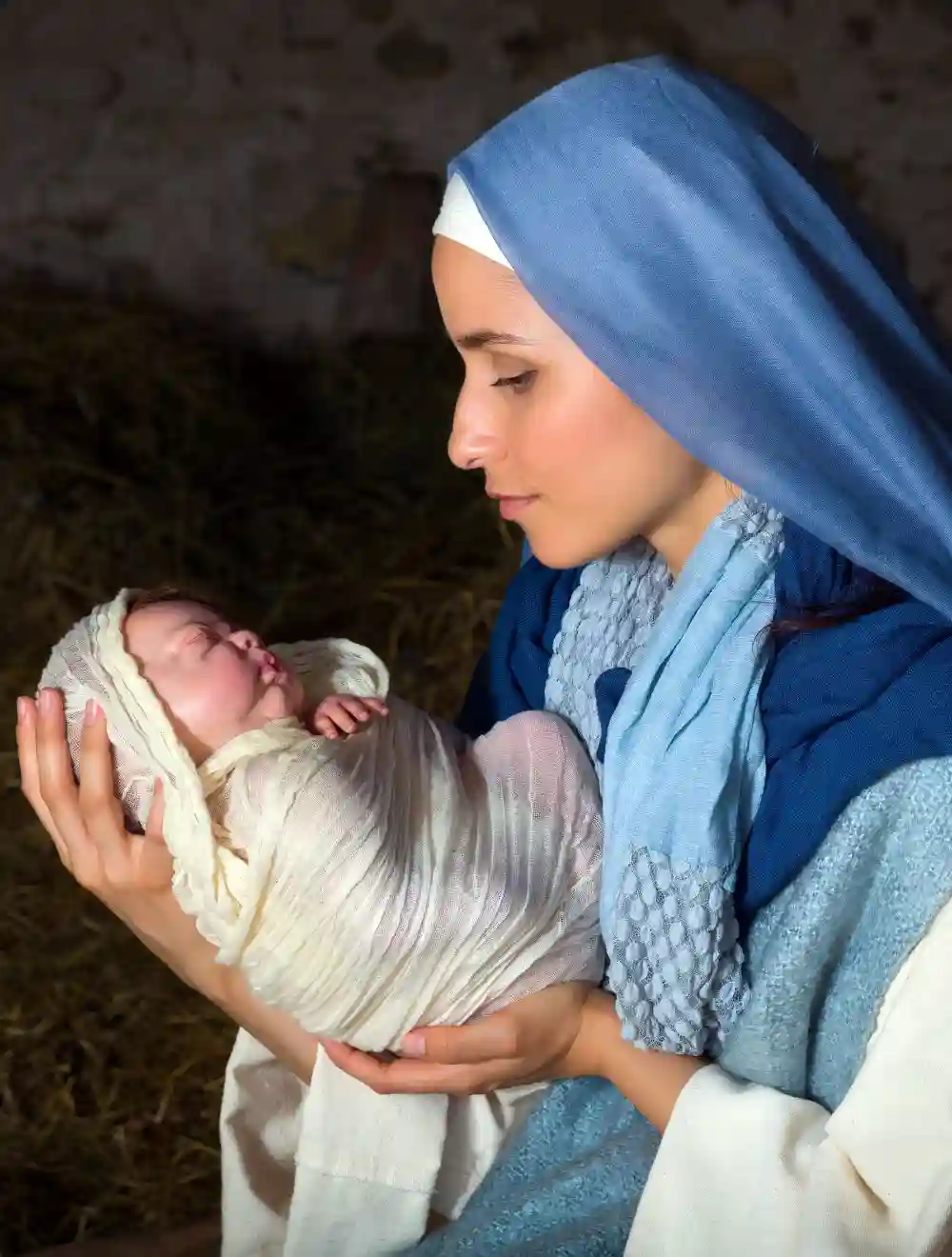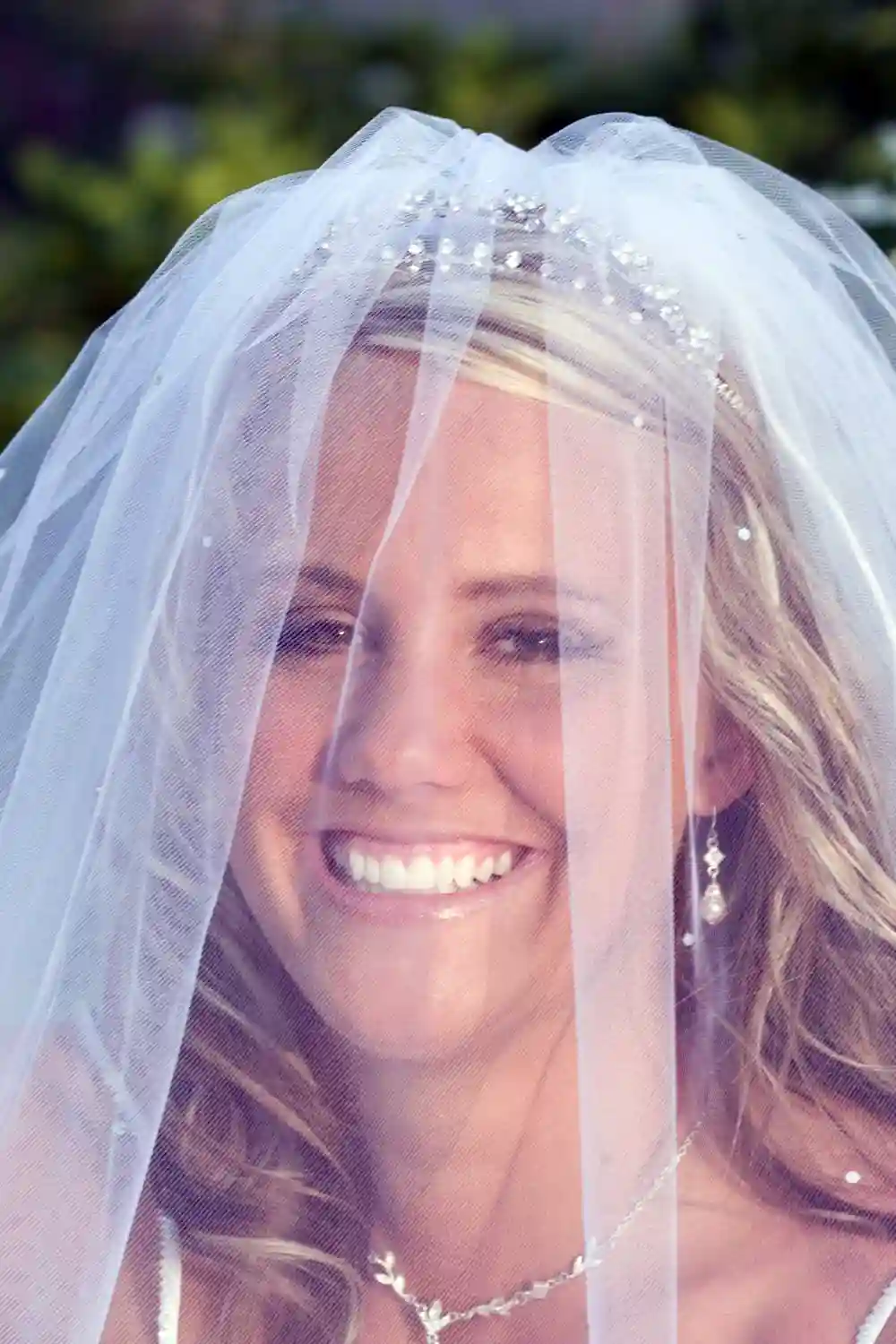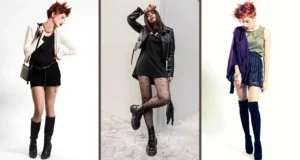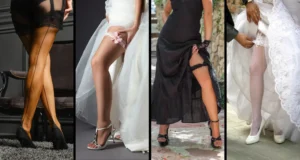Have you ever wondered about the mysterious clothes some ladies wear in church? Their veils veil more than meets the eye. Bursting with symbolism for some, veils signify centuries of Christian tradition for others. Still, others treat them as declarations of faith or modesty.
Through scriptural ages, veils accompanied, prayed, and preached words. Interpreted by a few as implying women’s heads remain covered in worship, the custom permeated denominations. For devout Catholics and Orthodox to this day, veils represent humility toward their Creator.
Yet not all who veil do so thus. Many cultures expect women’s conservative dress and veils to please such norms. Others embrace them as wedding vows of submission to their husbands or God. More still, simply find spiritual solace beneath the cloth.
Whatever internal rationale, no outward view alone knows a woman’s heart. As veils vary in their depths of meaning, so differences deserve respect. Their mysteries merit curious minds as faith weaves diverse expressions beloved of its Diversity.
Why do ladies wear veils to church?
Tradition and Respect for God
The tradition goes way back to early Christianity. According to the Bible, women should cover their heads when praying. Some think this means wearing veils. Can you believe people interpreted it that way over 2,000 years ago?
Wearing veils was also meant as a sign of respect. Ladies wanted to show high regard for God and the church building. Not only that, veils protected women from unwanted attention back then. I bet society felt much different in those times.
Catholic and Orthodox denominations kept up the tradition the longest. They saw veils as symbols of modesty and submitting to God’s authority. However, many churches relaxed the rules in the 1960s. Now ladies can choose.
Does learning these facts help explain why the tradition started? Traditions evolve over generations. Though veils aren’t mandatory now, some ladies still wear them with a fondness for the rich history and meaning behind them.
Let me know if you need any part clarified! History can be so complex, but it also bursts with significance once uncovered.

Modesty and Protection
In some cultures, conservative dress is expected to show respect. Covering one’s hair and body is viewed as modest. Can you imagine how different viewpoints could be elsewhere? Following norms is simply part of life for many women.
Protecting themselves also plays a role. Unfortunately, unwanted attention exists, though kindness should prevail. A veil might ward off undesirable stares or comments, sparing embarrassment. What a world it would be if all people felt safe anywhere!
Did you know veils assert control, too? With coverings, women say, “Look at my character, not looks.” What a thoughtful way of saying one’s beauty lies within!
Sometimes, personal reasons also matter most:
- Religious beliefs inspire veil-wearing for some. Faith runs deep.
- Hot climates make veils practical hats! Light fabrics shield from the sun’s rays.
In the end, each lady’s rationale is her own. Though perplexing at first, respecting differences opens minds. Let’s appreciate diverse views, as understanding sees beyond surfaces. Therein lies beauty.
Submission and Symbolism
Some interpret veils as showing submission to God or husbands. But what perplexes some leaves others comforted. The Bible notes covering heads when praying, though not expressly veils. Still, traditions endure for meaningful reasons.
Veils represent virtues like purity and humility – striking visuals indeed! They remind wearers to stay devoted through faith’s challenges on any given Sunday. How ingenious that a simple cloth could speak such volumes!
- Purity: Veils shield ladies from unwanted attention, sparing distraction from worship.
- Humility: By veiling, women affirm character matters most to God, not outward styles and appearances.
- Devotion: Faith-filled veiling symbolizes commitment through thick and thin, come what may.
In the end, why does the ladies’ veil stand as individually defined? While submission inspires some, others veil for unrelated reasons, and none can truly know another’s heart. What matters most stays constant – that respect, understanding, and freedom of choice prevail for all in our loving Creator’s eyes.

Historical Significance
Scripture mentions head coverings long ago, sparking the tradition. Through centuries, veiling flourished as a customary sign of modesty and virtue. What a strangely fascinating sense of modesty preoccupied minds so thickly then!
Things shifted, though, when Vatican II convened in 1962. Relaxed rules granted personal choice where strict tradition once reigned. Did this spark your own confusion about modern meanings?
Some choose veils to connect with lineage – a link to faithful forebears through practice. Tracing roots bolsters faith walk. However, foods for thought arise.
- Cultural shifts spin traditions in new lights.
- Personal freedom grants options past strictures.
- Underlying virtues like humility stay salient regardless of outward acts.
In all, history enlightens but affects the present diversity. Each lady veils – or not – by conscience. Let meanings multiply without demanding conformity as varied views cross chapel doors side by side. Therein lies community.
Personal Devotion and Reverence
Let me share how devotion plays a role in the topic of veils in church. For some, this simple act enhances worship in rich ways.
Covering oneself focuses attention inward, on spiritual bonds with the Divine. All else falls away as hearts ascend. What a gift in this bustling world to momentarily rise above distractions!
Reverence infuses the sacred space as ladies acknowledge God’s holy presence with humbled hearts. Visual reminders underscore the magnitude of worship—though reverence stems from within, not without alone.
Some find solace in tracing their faith lineage. Veils connect generations united in faith, even when candles flicker apart. Traditions like these bolster our personal walks, granting roots that nourish and shelter.
While devotion inspires some, others veil for varied reasons, and none can judge internals. What matters is that respect, understanding, and freedom of choice prevail as we lift our voices in harmony, through thick and thin, as one community of faith.

Does the Bible say to wear veils?
While Scripture never outright commands veils, some passages spark this tradition’s spark. Let us unpack the verses cited and the meanings behind them.
1 Corinthians notes covering heads for prophecy and prayer. But does hair alone suffice, or veils? Views differ here, brimming our curiosity. Some see submitting oneself before God as veiling requires. Others stress inward humility far outweighs outward acts.
Timothy mentions modest dress, but sensible attire varies by culture. Should hair-hiding alone define decency or broader virtues like charity? Once more, perspectives diverge, leaving modern minds to ponder relevance today.
Remember how eras change. Ancient eyes saw women at risk without coverings, sparking modest commands for protection. In today’s world, such risk lacks, granting expanded views of virtues beyond convention alone.
Still, Biblical truths remain: showing honor, warding embarrassment, caring gently for others. Veils denote such inward graces for some, not legalisms but life insights. Others find solace through alternate expressions of faith.
With questions surfacing, care guidance is sought from pastoral friends well-versed in theology. Their perspective grants depth to ponder, and together, discerning life lessons nourish souls wherever journeys lead. Faith stays firm while forms find flexibility in times.
Ultimately, my respect for diversity in expressions, not judgments on inward difference, typify dealings one with another in our diverse beliefs under One.
What is the devotion of veiling at Mass?
Scripture mentions head coverings when praying, sparking a tradition that flourished for centuries. Through times, veiling in church emerged as a customary sign of modesty and virtue before God.
Yet perplexing shifts came in 1962. New Mass rules sparked relaxed traditions where strict adherence once reigned. Did this impart questions on modern devotions?
Even today, veiling remains a choice way for some faithful to express deep respect within sacred walls. By shielding hair and focusing inward, thoughts ascent to the Divine. What sheer devotion to so thoroughly remove distraction!
No obligation but opportunity it offers. None are judged by outer acts alone, for faith blossoms in diversity. As traditions evolve, underlying virtues like humility stay central to all believers’ walks, however expressed.
As veiling practice waxes or wanes, sisterhood in faith remains. Each with her own devotions, supporting one another along the way. Such solidarity and freedom of spirit uplift souls as one community at worship.

Summary
We explored the meaningful reasons why some ladies choose to wear veils in church. It uncovered how certain Bible passages sparked this tradition’s roots in demonstrating humility and respect before God.
While veiling holds symbolic significance for some in representing virtues like purity, modesty remains key in certain faiths or cultures. Others find personal devotion enhanced through focusing inward beyond distractions.
With traditions evolving over time and open to interpretation, no singular view defines appropriateness today. Still, histories enlighten on practices’ origins even if rarely mandatory now. Respect for diversity and freedom of faith expression underpins respecting each other’s journeys.
Whether veiling for devotion, connection to lineage, or individual rationale, myriad views merit appreciation. Deeper understandings arise from open-mindedness to diverse expressions of beliefs under a loving Creator. Ultimately, faith flourishes through support, irrespective of differing outward acts.
FAQ
Do you have to wear a veil in the Catholic Church?
Women are not obligated to wear a veil in a Catholic church. The Second Vatican Council in 1962 relaxed the rules on head coverings in church, and it is now up to individual churches to decide whether or not to require women to wear veils.
What religion wears veils to church?
The Eastern Orthodox Church requires women to wear veils in church. The veil is seen as a sign of modesty and respect for God and the church. Also, In Islam, women are required to cover their hair and bodies in public. This includes wearing a veil when in a mosque. The veil is seen as a way to protect women from unwanted attention and to preserve their modesty.
Can a divorcee wear a veil?
In some religions, such as Catholicism, there is no explicit prohibition against divorcees wearing veils. However, some people may interpret religious texts or traditions to suggest that divorcees should not wear veils. Ultimately, it is up to each individual woman to decide whether or not she feels comfortable wearing a veil, regardless of her marital status.
Can an older woman wear a veil?
Yes, an older woman can wear a veil. There is no age limit on who can wear a veil. The decision of whether or not to wear a veil is a personal one that the individual woman should make. The practice of veiling is a cultural and religious tradition that has been around for centuries. It is often seen as a sign of modesty and respect for God or other religious figures. It can also be seen as a way to protect women from unwanted attention.
Should a woman cover her head to pray Bible verse?
The Bible verse that is often cited in support of the practice of veiling is 1 Corinthians 11:4-6, which says, “Every man who prays or prophesies with his head covered dishonors his head, but every woman who prays or prophesies with her head uncovered dishonors her head, for it is the same as if her head were shaved. For if a woman does not cover her head, she should have her hair cut off; and if it is shameful for a woman to have her hair cut off or her head shaved, then she should cover her head.”This verse has been interpreted in different ways by different people. Some people believe that it means that all women should cover their heads when praying or prophesying, regardless of their religious affiliation. Others believe that the verse only applies to Christian women. Still, others believe that the verse is not referring to literal head coverings but rather to a more general sense of modesty.



